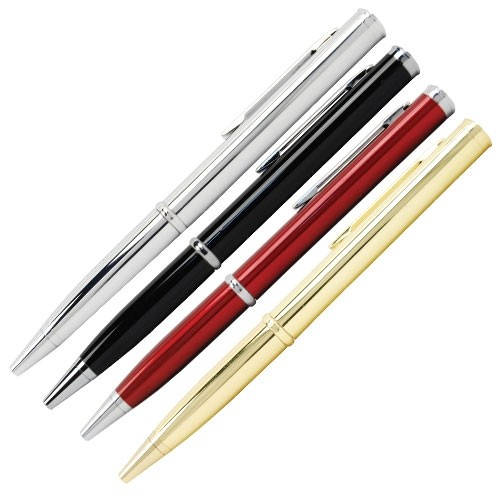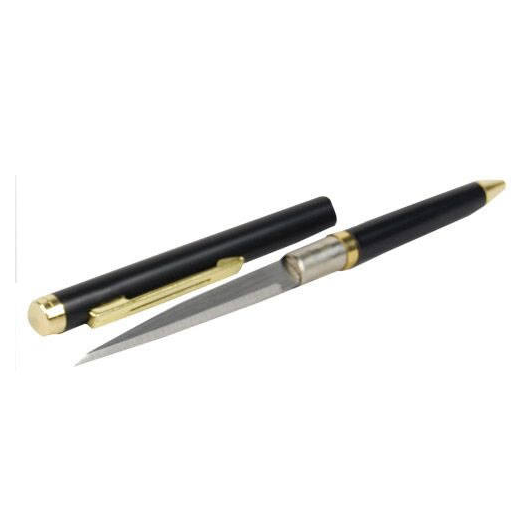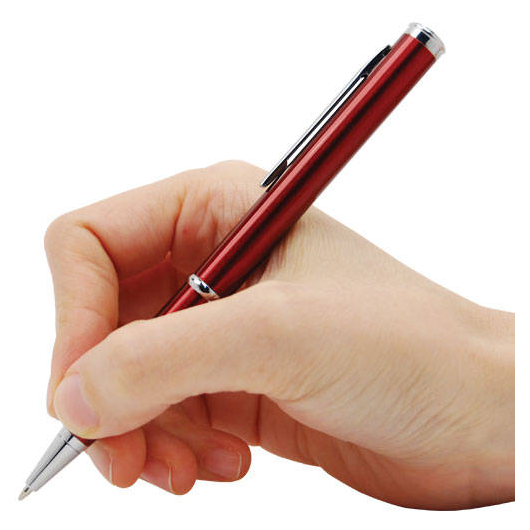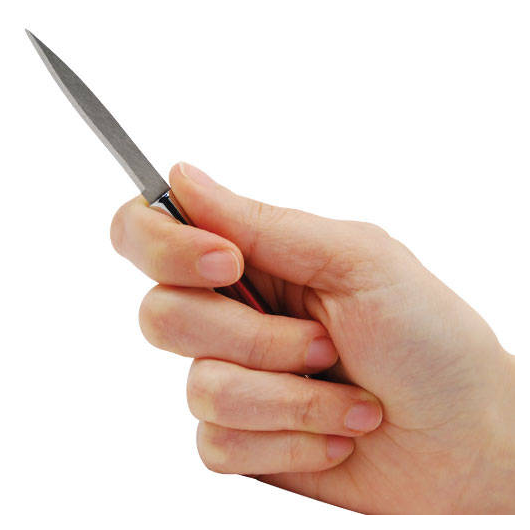Pen Knife – Discreet Self-Defense Tool & Everyday Carry
- View all options as list
| Item Code | Color | Availability | Price | ||
|---|---|---|---|---|---|

|
PK-1GOLD
|
In stock
|
$900 | ||

|
PK-1BLK
|
In stock
|
$900 | ||

|
PK-1RED
|
In stock
|
$900 | ||

|
PK-1SILVER
|
In stock
|
$900 |
Pen Knife - A Writing Instrument with a Hidden Edge
The Pen Knife is the perfect blend of practicality and self-defense. Designed to look and function as a regular ink pen, this discreet tool conceals a razor-sharp hidden blade that can be quickly deployed when needed. Whether for personal security, opening packages, or everyday tasks, this concealed blade pen is an essential addition to your everyday carry.

Why Choose Our Hidden Pen Knife?
-
Looks Like an Ordinary Pen – Functions as a real writing instrument, making it ideal for discreet carry.
-
Razor-Sharp Stainless Steel Blade – Perfect for self-defense, cutting small objects, and utility tasks.
-
Quick Deployment – Simply pull apart the two ends to reveal the hidden blade.
-
Durable & Lightweight – Built for daily use without compromising strength.
-
Available in Multiple Colors – Choose from Black, Gold, Red, or Silver to match your style.
How It Works
-
Write as Normal – This fully functional ink pen lets you take notes or sign documents.
-
Quickly Deploy the Blade – Separate the two halves to reveal the hidden 2.13-inch stainless steel blade.
-
Secure & Portable – Small enough to fit in a pocket, bag, or notebook while remaining inconspicuous.
Who Can Benefit from a Pen Knife?
-
Professionals & Office Workers – A stylish pen with a practical edge.
-
Travelers & Commuters – Discreetly carry a self-defense tool anywhere.
-
Outdoor Enthusiasts – A compact cutting tool for various tasks.
-
Personal Safety Advocates – Have peace of mind knowing you have an extra layer of protection.
Specifications
-
Blade Length: 2.13 inches
-
Material: Stainless steel blade, metal pen body
-
Functionality: Writes like a normal pen, quick blade deployment
-
Color Options: Black, Gold, Red, Silver
-
Compact Size: Easily fits in pockets, purses, or briefcases
What Customers Are Saying
⭐️⭐️⭐️⭐️⭐️ – "Looks just like a regular pen but has a solid, sharp blade. Great for EDC!" – Dave K.
⭐️⭐️⭐️⭐️⭐️ – "A perfect gift! It writes well, and the knife is easy to access." – Nicole S.
Order Your Pen Knife Today!
Don't wait until you need it—be prepared! The Pen Knife is a must-have for anyone who values discreet self-defense and everyday utility. Available in Black, Gold, Red, and Silver.
✅ Fast Shipping | ✅ 90-Day Money-Back Guarantee | ✅ 100% Customer Satisfaction
Get yours now!






